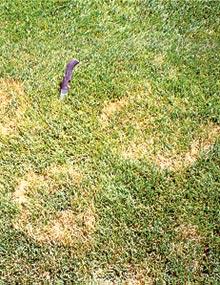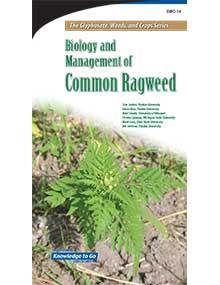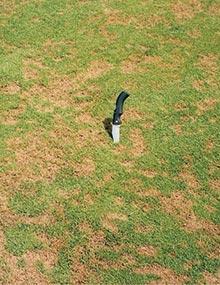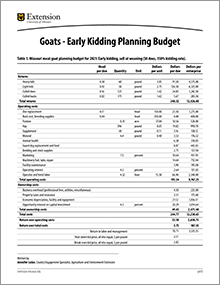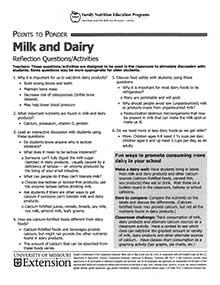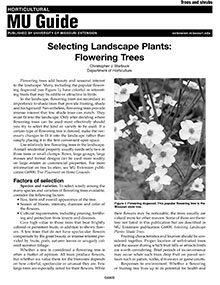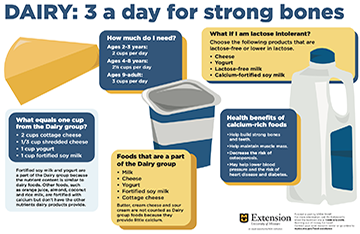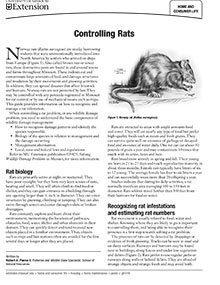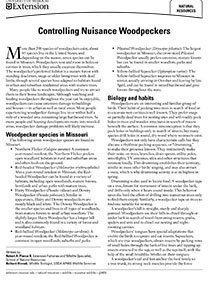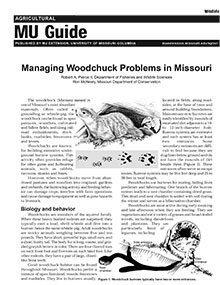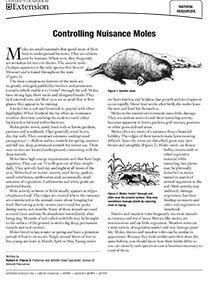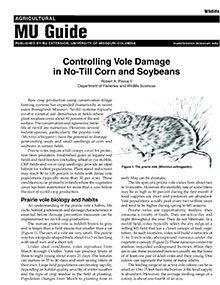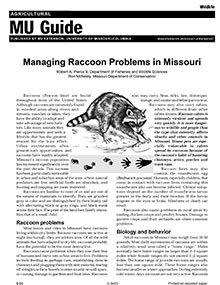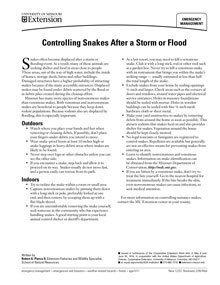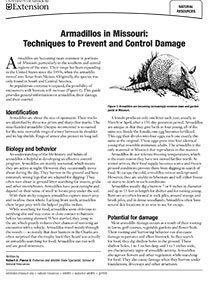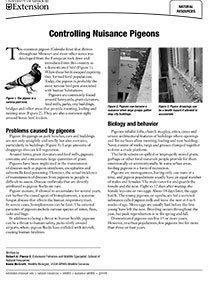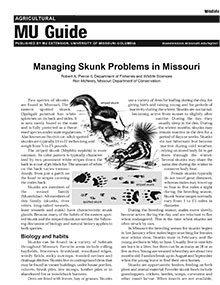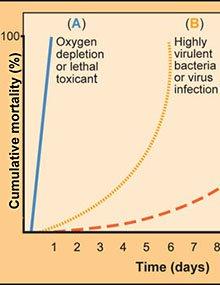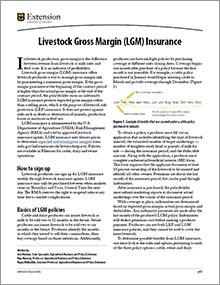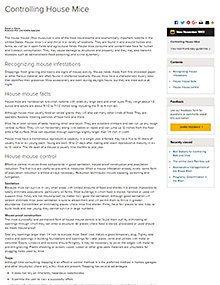Identification and Management of Turfgrass Diseases, Page 14
Reviewed
Rhizoctonia zeae forms pink to orange bulbils (resting structures). The fungus has been observed with increasing frequency since the early 2000s.
Biology and Management of Common Ragweed
Reviewed
Editor’s note
The following abstract describes a publication that is only available as a downloadable PDF.
Identification and Management of Turfgrass Diseases, Page 17
Reviewed
Pythium foliar blight is one of the most feared turfgrass diseases, because the disease develops rapidly during periods of high temperature and high relative humidity. If left untreated, extensive loss of turf can occur in a few days.
Biology and Management of Horseweed
Reviewed
Editor’s note
The following abstract describes a publication that is only available as a downloadable PDF.
Goats — Early Kidding Planning Budget
Revised
Use this doe flock enterprise budget to estimate costs and returns when birthing goat kids in the winter — a system with seasonally high prices for kids and low land needs.
Dairy SMNED handout (Bundle of 25)
Revised $12
This handout provides information regarding dairy foods in your diet.
Selecting Landscape Plants: Flowering Trees
Reviewed
Flowering trees add beauty and seasonal interest to the landscape. Many, including the popular flowering dogwood (Figure 1), have colorful or interesting fruits that may be edible or attractive to birds.
Milk and Dairy poster
Revised $33
This poster reviews the benefits of calcium-rich foods, key nutrients provided, lactose intolerance, alternate calcium sources and food safety for dairy foods.
Controlling Rats
Reviewed
Norway rats are stocky burrowing rodents that were unintentionally introduced into North America by settlers who arrived on ships from Europe. Also called brown rats or sewer rats, these destructive pests are found in and around towns and farms throughout Missouri. This guide provides information on how to recognize and manage a rat infestation.
Controlling Nuisance Woodpeckers
Reviewed
Tree Squirrels: Managing Habitat and Controlling Damage
Reviewed
Missouri is home to three species of tree squirrels. Visit our site for our Tree Squirrels: Managing Habitat and Controlling Damage guide.
Controlling Nuisance Moles
Reviewed
Moles often are a nuisance and can harm your plants. Visit our site to learn about Controlling Nuisance Moles.
Controlling Snakes After a Storm or Flood
Reviewed
Snakes often become displaced after a storm or flooding event. As a result, many of these animals are seeking shelter and food in areas close to people. Read more to find out what to do when you encounter one.
Armadillos in Missouri: Techniques to Prevent and Control Damage
Reviewed
Armadillos are becoming more common in Missouri. Visit our site for our Armadillos in Missouri: Techniques to Prevent and Control Damage resource.
Controlling Nuisance Pigeons
Reviewed
Managing Skunk Problems in Missouri
Reviewed
Controlling Rodents After a Flood
Reviewed
Flooding displaces many rodents from their natural habitat. As a result, these animals are seeking areas that can provide food and shelter, such as homes, sheds, barns and other buildings.
Collection and Submission of Samples for Fish-Kill Investigation and Toxic-Substance Analysis
Reviewed
Fish kills occur in natural and cultured populations. They can be due to disease, poor water quality or a toxic substance. Fish kills represent emergencies, and producers must be prepared for them in advance. Learn more in this guide.
Livestock Gross Margin (LGM) Insurance
Revised
LGM insurance helps producers manage risk by guaranteeing a minimum gross margin. Learn how it works, and see cattle, swine and dairy examples in this guide.
Controlling House Mice
Reviewed

